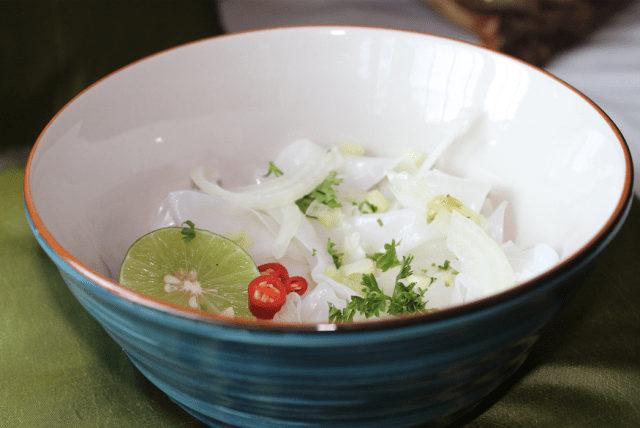This is my older daughter, Kat. She has a lovely, gentle temperament and is not in the least feisty, unlike her fiery younger sister.
But when Kat was around 9 or 10 years old, something that the American government did annoyed her a great deal (I can’t quite remember what). It was pre-Facebook days, so she couldn’t do what people these days do, namely spend hours venting on Facebook.
Anyhow, I suggested to Kat that she sits down and write to the President of the United States about her grievances. Take the complaint direct to the cause, rather than be angry, impotent and spread it round fruitlessly, which serves no purpose whatsoever other than raise the toxicity of the world with more angry, frustrated words.
Kat did write to POTUS in her meticulous hand and trotted off to the post office to post the letter.
To our surprise, she received a letter from The White House a few weeks later, signed by Bill Clinton himself. We still have that letter somewhere at home. So though Kat had not changed US policy one bit, she had learned a very important life’s lesson.
And here’s the thing: anyone can write to the POTUS or the UK Prime Minister, and this is often far more fruitful than bashing away impotently on social media, spreading negativity, heaping on more vicious junk on the Internet junk yard. You probably have more chance here of someone taking up your case.
A few years ago, I was so so so incensed by Lloyds Bank and HSBC in the UK. I had requested an electronic transfer from my savings account held at HSBC to my current account held at Lloyds Bank for £5,000.
But the money never arrived at Lloyds. I marched into HSBC and demanded to see the manager, bearing all the necessary paperwork to show that my account had had £5,000 removed from it but my account at Lloyds had not received the £5,000.
The manager shrugged his shoulders and said, “Your money has left HSBC but we don’t know where it went.”
Surely there is an electronic trail?
HSBC would not budge and did not want to help me further. Lloyds Bank said there was nothing it could do. It seemed that the £5,000 had gone missing during its transfer between these two shitty banks. The physical distance between the two banks on High Street Kensington was less than 50 yards, yet they were not able to pick the phone and speak directly to one another because of “Data Protection”. I was so frustrated.
I could have posted a lot of incensed posts on social media about my rage, but instead, I wrote one letter to my Member of Parliament, Sir Jeffrey Archer, whose office sent one letter to both banks, and the matter was instantly resolved, with HSBC changing its tune completely. It went all the way up to the HSBC Head Office.
Two years ago, I had enormous problems with Vodafone UK, which a lawyer’s letter could not resolve. Vodafone continued charging me for a phone line that I tried cancelling NINE times, by letter, by phone and by personal visits to the Vodafone outlet. I cancelled the direct debit as a last resort, and Vodafone sent a debt collection agency to deal with my “debts”.
I wrote to every single Board member of Vodafone and London Stock Exchange’s Disciplinary Committee (Vodafone is a public listed company) outlining Vodafone’s shoddy back office system and disgusting behaviour towards its customers. Within a very short time frame, a pleasant member of staff phoned me with a groveling apology from Vodafone in the form of free line rental for six months for my current line for my “trouble”.
When my younger daughter disagreed with something the textbooks say, I told her to write to either Professor Stephen Hawking or Professor Carlo Rovelli, the world’s leading authority on relativity, space and reality who had written several best-selling books. The result? Professor Rovelli read through the manuscript of my book, An Evening In Wonderland.
Children learn from their parents. Monkeys see, monkeys do. Show them that we can get answers, if we direct our issues appropriately, rather than venting on social media. Set the example. Empower your children to be stakeholders of their world rather than impotent bit players.





